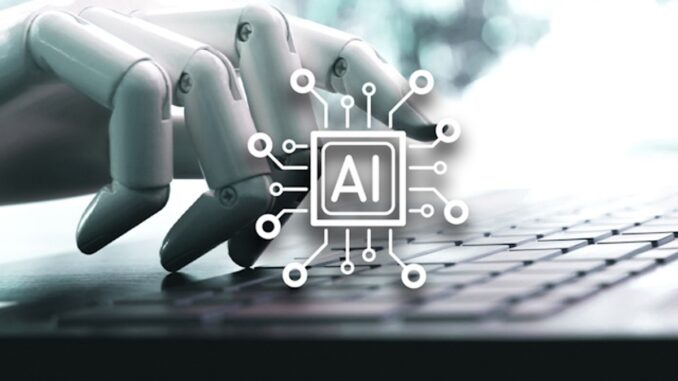
Effective documentation and communication in artificial intelligence (AI) projects are vital components for successful collaboration and knowledge transfer among team members and stakeholders.
Documentation ensures that insights, decisions, processes, and instructions are clearly articulated, while communication helps maintain alignment and transparency throughout the project lifecycle. Below, we outline best practices for documenting and communicating in the context of AI.









### Documentation in AI Projects
1. **Project Overview**:
– **Purpose and Objectives**: Clearly state the goals and objectives of the AI project.
– **Scope**: Define what is included in the project and what is not.
– **Stakeholders**: Identify key stakeholders, roles, and their responsibilities.
2. **Data Documentation**:
– **Data Sources**: List all data sources used in the project, including their provenance and methods of collection.
– **Data Dictionary**: Create a detailed data dictionary that describes each variable, including data types, ranges, and any relevant units of measurement.
– **Data Preparation Steps**: Document the processes used for cleaning, transforming, and enriching the data, including decisions made regarding missing values, outliers, and feature engineering.
3. **Exploratory Data Analysis (EDA)**:
– **EDA Findings**: Summarize key insights gained from the EDA, including interesting patterns, correlations, and potential issues identified in the data.
– **Visualizations**: Include key visualizations (e.g., plots, graphs) to support findings and provide a clear understanding of the data.
4. **Model Documentation**:
– **Model Selection**: Document the rationale behind selecting specific algorithms or models, including comparisons of expected performance and suitability for the problem.
– **Training Process**: Describe how the models were trained, including training parameters, hyperparameter tuning, and any techniques used (e.g., cross-validation).
– **Model Evaluation**: Define the metrics used to evaluate model performance and document the results obtained.
5. **Results and Insights**:
– **Model Performance**: Summarize model evaluation results, including performance metrics such as accuracy, precision, recall, F1 score, ROC AUC, etc.
– **Business Implications**: Communicate how the model insights translate to tangible business outcomes or further investigation activites.
6. **Deployment Documentation**:
– **Deployment Steps**: Document how to deploy the model in production, including details about the infrastructure and environment settings.
– **Monitoring and Maintenance**: Outline key performance indicators (KPIs) to monitor model performance in production and procedures for retraining or updating the model.
7. **Version Control**:
– Utilize version control systems (e.g., Git) to keep track of code, configurations, and documentation changes across the lifecycle of the project.
8. **User Guides and Tutorials**:
– Provide clear user guides or documentation for end-users or other team members to understand how to interact with the AI systems or applications developed.
### Communication in AI Projects
1. **Regular Updates and Meetings**:
– Schedule regular check-ins, stand-ups, or status meetings to provide updates on project progress, address challenges, and align on next steps.
– Use these meetings to solicit feedback and ensure all stakeholders have a voice in the process.
2. **Presentation of Findings**:
– Create presentations to convey the results of the EDA, model evaluation, and key insights from the AI project. Tailor these presentations to suit different audiences, such as technical stakeholders, business leaders, or data scientists.
3. **Visualization of Results**:
– Use data visualization tools and techniques to communicate complex findings effectively. Visual representations can often convey messages more powerfully than raw data or text.
4. **Documentation Accessibility**:
– Ensure all documentation is centralized and easily accessible (e.g., using platforms like Confluence, Google Drive, or GitHub).
– Maintain a structure that allows team members to quickly find the information they need.
5. **Feedback Mechanisms**:
– Establish channels for collecting feedback on the project progress, documentation clarity, and overall communication effectiveness.
– Create an open environment to discuss challenges and brainstorm solutions.
6. **Clarifying Technical Concepts**:
– When communicating with non-technical stakeholders, avoid jargon and use analogies to explain complex AI concepts.
– Always relate findings or technical details back to the business implications.
7. **Stakeholder Engagement**:
– Actively engage stakeholders throughout the project. Understand their interests and concerns, and keep them informed about key decisions, challenges, and milestones.
### Conclusion
Effective documentation and communication are essential in AI projects to ensure transparency, facilitate collaboration, and provide clarity to both technical and non-technical stakeholders. By systematically documenting all aspects of the project and employing clear communication strategies, teams can foster a culture of shared understanding, accountability, and continuous improvement, ultimately leading to more successful AI implementations.


Leave a Reply